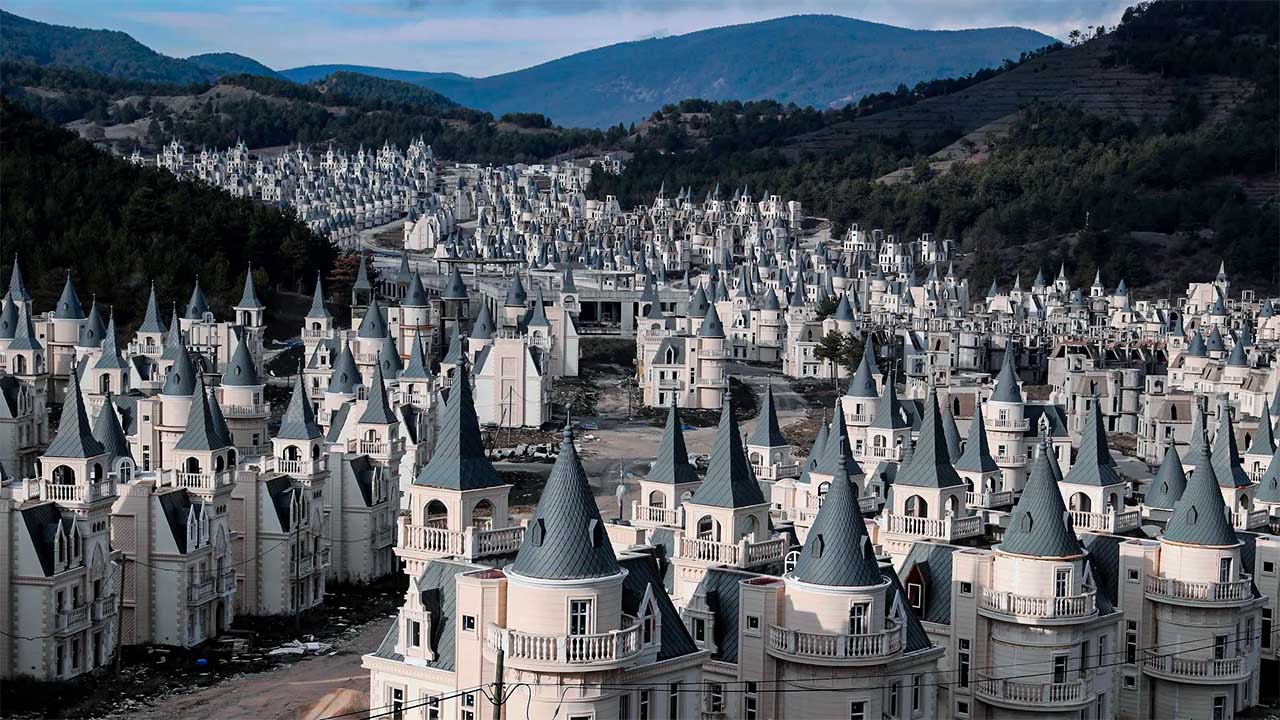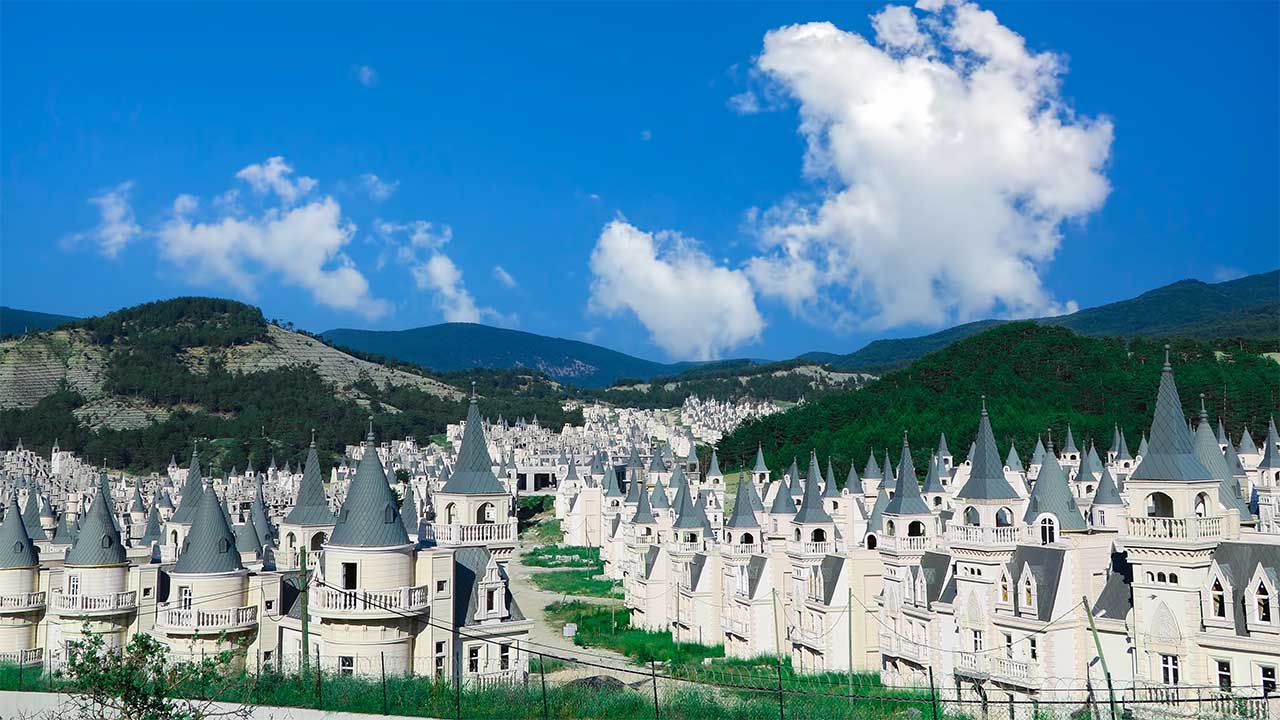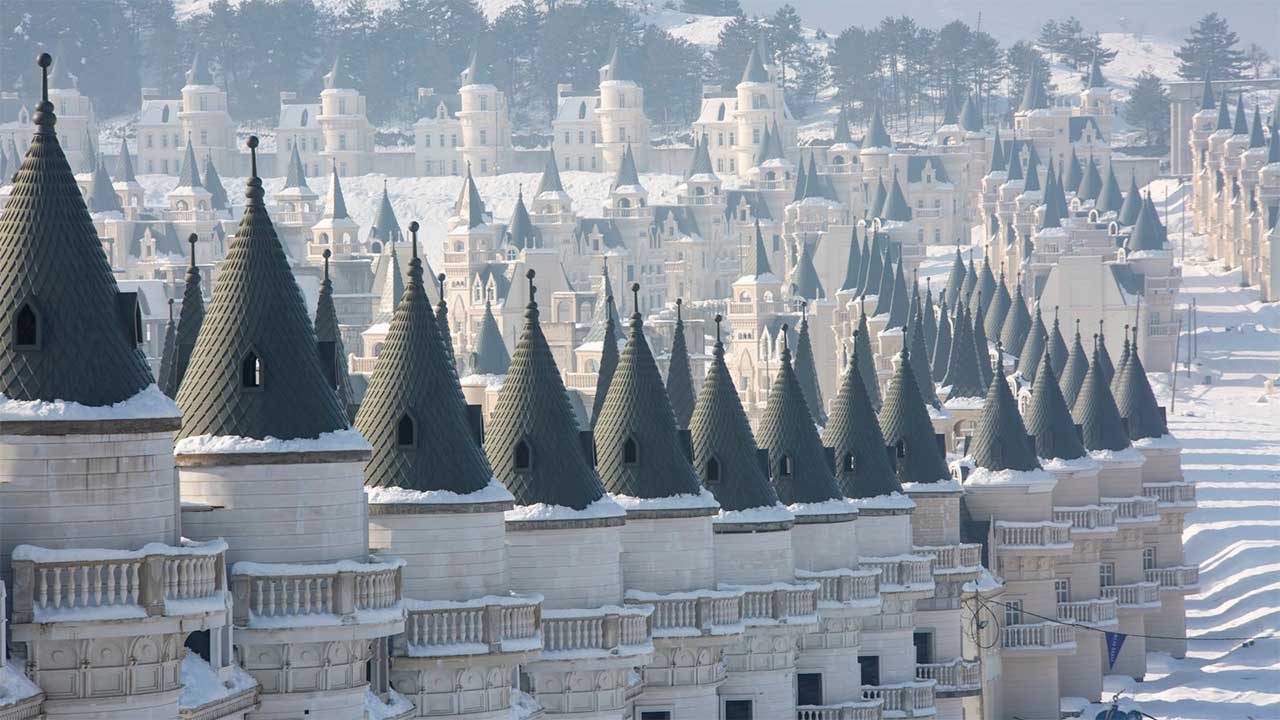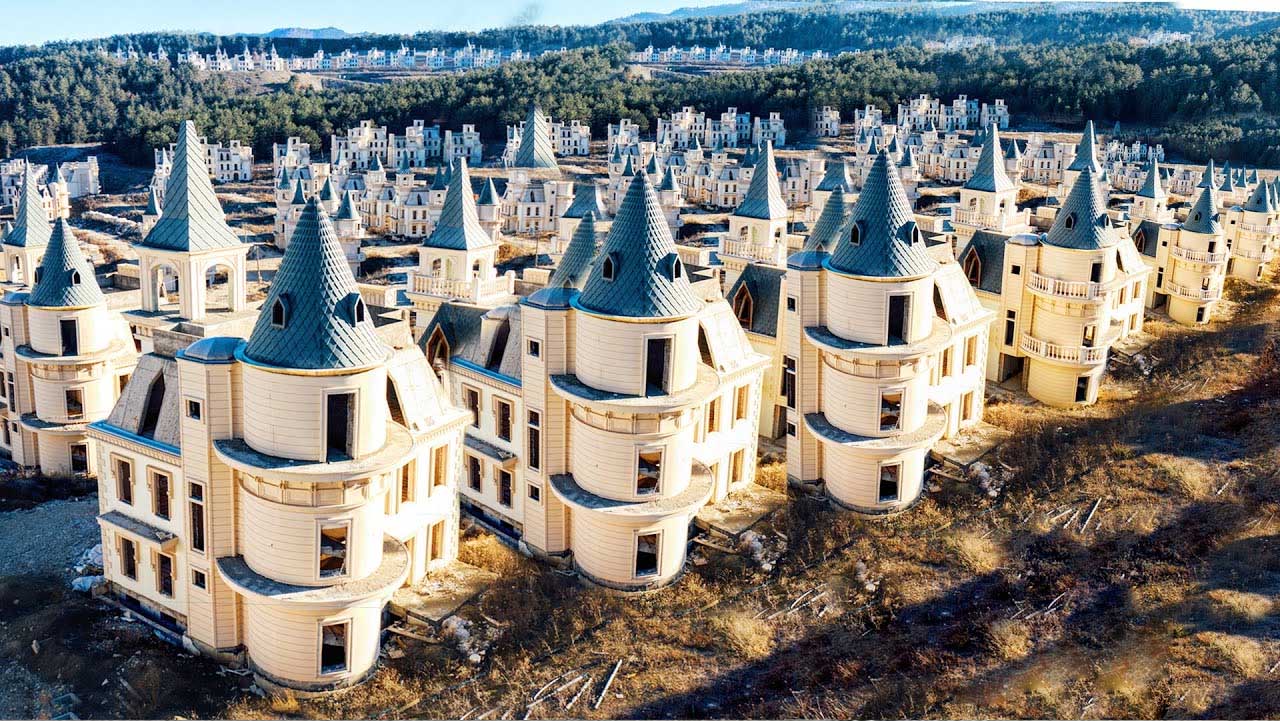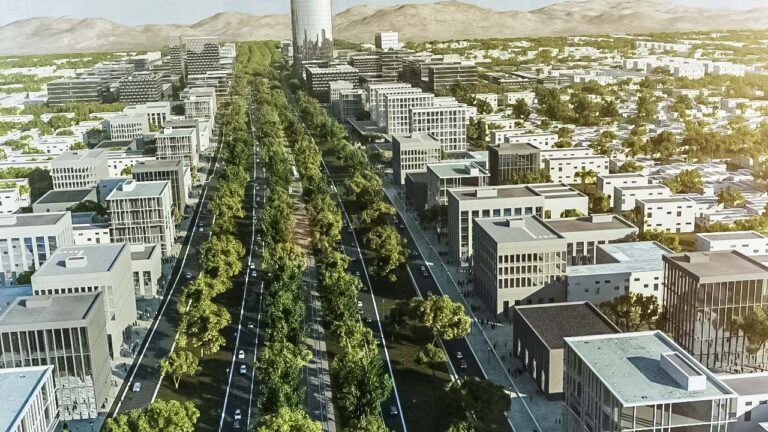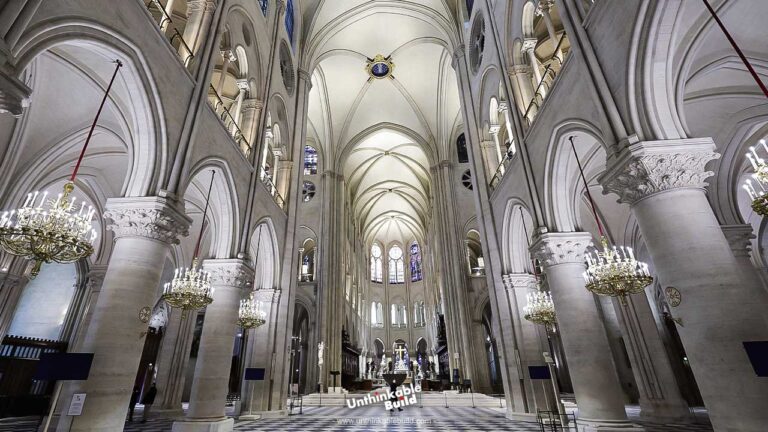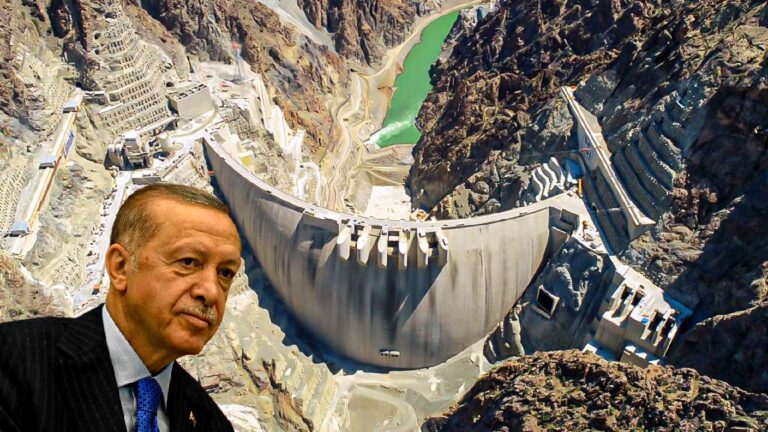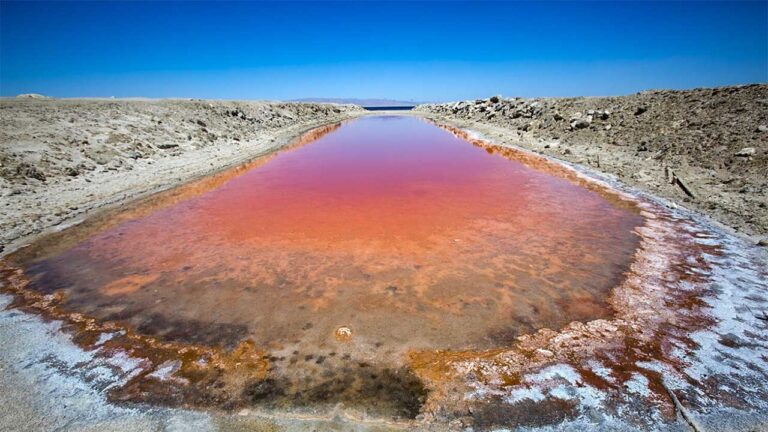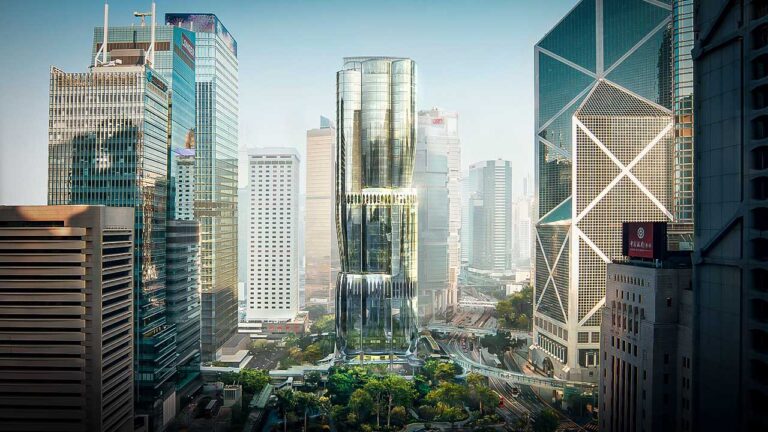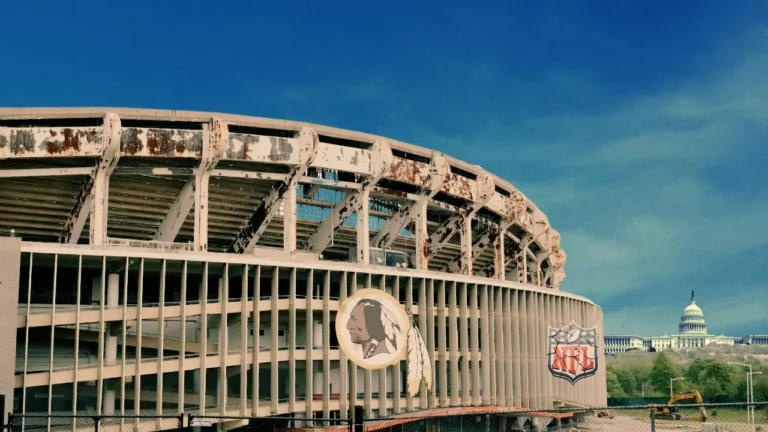Burj Al Babas: Turkey’s $200 Million Disney-Inspired Ghost Town
In the hills of northwestern Turkey, not far from the historic town of Mudurnu, sits one of the world’s most surreal real estate failures. A place where architectural ambition collided with harsh economic realities. Hundreds of turreted villas, designed to resemble miniature Disney castles, rise eerily from the landscape—rows upon rows of nearly identical châteaux, abandoned mid-construction, echoing a dream that never made it past the blueprint.
I stood there once, boots on uneven concrete, surrounded by silence and shadows—feeling the weight of ambition frozen in time.
The Rise of a Dream: What Was Burj Al Babas?
Back in 2014, two ambitious brothers from Istanbul, Mehmet and Yerdelen Yılmaz, envisioned something extraordinary. Through their company, Sarot Group, they unveiled a bold $200 million plan to build a luxury residential complex like no other. Located in a region known for its thermal springs and natural beauty, Burj Al Babas was meant to blend fantasy with real estate.
The concept was clear: 732 luxury villas modeled after European fairytale castles. These homes combined elements from Gothic, French, and Ottoman architectural styles. Each villa stood three stories high, topped with gray-blue domes and cylindrical towers inspired by Istanbul’s Galata Tower. Other towers echoed the Maiden’s Tower in the Bosphorus Strait, tying the fantasy back to Turkish heritage.
But the goal wasn’t just aesthetic. The Yılmaz brothers aimed squarely at the Arab luxury market. With each home priced between $370,000 and $530,000, Burj Al Babas was branded as a thermal tourism destination. The area’s underground water—naturally heated to nearly 68°C (154°F)—promised wellness and spa facilities that would rival Europe’s best.
At the heart of the development, the team planned a domed central complex that would include a shopping mall, cinema, mosque, Turkish baths, and extensive gardens. It wasn’t just a residential neighborhood; it was designed as a self-contained world of comfort, indulgence, and elite retreat.
Also Read: Will Japan Be Able to Fix This $20B Sinking Kansai Airport
The Hype Was Real—At First
Within the first two years, Burj Al Babas showed promise. Out of the 732 planned villas, nearly 350 were sold to clients from Gulf nations like Qatar, Bahrain, Kuwait, the UAE, and Saudi Arabia. Interest was high, especially among buyers looking for a vacation home with exotic flair in a region rich with history and nature.
Construction moved quickly. At its peak, 2,500 workers labored on the site. Cement mixers rumbled through the hills, scaffolding stretched across the horizon, and cranes danced over rooftops.
But something was brewing beneath the surface.
When Oil Prices Fall, So Do Dreams
By 2016, oil prices began to crash. As the economies of many Gulf countries tightened, buyers from the region backed out of their contracts. Some canceled purchases outright, while others defaulted on payment installments.
Compounding the issue, Turkey’s own economy entered a turbulent period. Inflation surged, political unrest grew, and investor confidence declined. By 2018, the Sarot Group had racked up more than $27 million in debt. With cash flow drying up and pressure mounting, the company filed for bankruptcy.
By then, 587 of the 732 castles had been started. Not one was completed.
Local Backlash and Legal Headaches
Not everyone was thrilled about this grand development from the beginning. Many residents of Mudurnu, a town known for its UNESCO-listed Ottoman-era mansions and slow, rural charm, viewed the project as an architectural intrusion. The fairy-tale castles clashed violently with the region’s historical aesthetic.
Locals criticized the scale, the repetitive design, and the environmental damage. Reports surfaced of trees being cleared without proper permits, and concerns grew about the long-term sustainability of the project. Eventually, lawsuits followed. Environmental complaints and zoning violations only added fuel to the collapse.
The Final Nail: A Global Pandemic
Even as the Sarot Group tried to salvage the project—hoping to find new investors or rework payment plans—2020 brought another blow. The COVID-19 pandemic halted tourism, froze construction, and devastated investor sentiment.
Burj Al Babas, already limping, was finally abandoned.
Rows of Castles and Echoes of Silence
Today, the site sits in eerie silence. A grid of narrow streets snakes through an expanse of empty shells—identical gray castles with unfinished interiors, exposed rebar, and cracked foundations. There are no residents. No utilities. No lights. Just concrete, moss, and wind.
By 2021, the number of partially constructed villas had reached 587, but none were ever completed or made livable. The infrastructure—roads, water lines, electrical grids—remains nonfunctional. As it stands, Burj Al Babas is one of the largest ghost towns on earth, a monument to what happens when scale outpaces strategy.
Ownership Changes: Is There Hope?
In 2019, a multinational firm, NOVA Group Holdings, stepped in and purchased the rights to the project. Whether they plan to revive it, repurpose it, or quietly shelve the venture remains unclear. There have been no confirmed updates regarding redevelopment.
As of now, Burj Al Babas continues to attract photographers, journalists, YouTubers, and curious travelers—all drawn to the haunting beauty of this surreal ghost town.
Can You Visit Burj Al Babas?
Yes, but with caution.
Though unofficially open to visitors, the site is not maintained or secured. Many of the structures are unstable. Exposed metal, sharp debris, and collapsed flooring pose real dangers. There are no security guards, first-aid stations, or signage. If you visit, come prepared. Bring water, solid footwear, and avoid entering buildings.
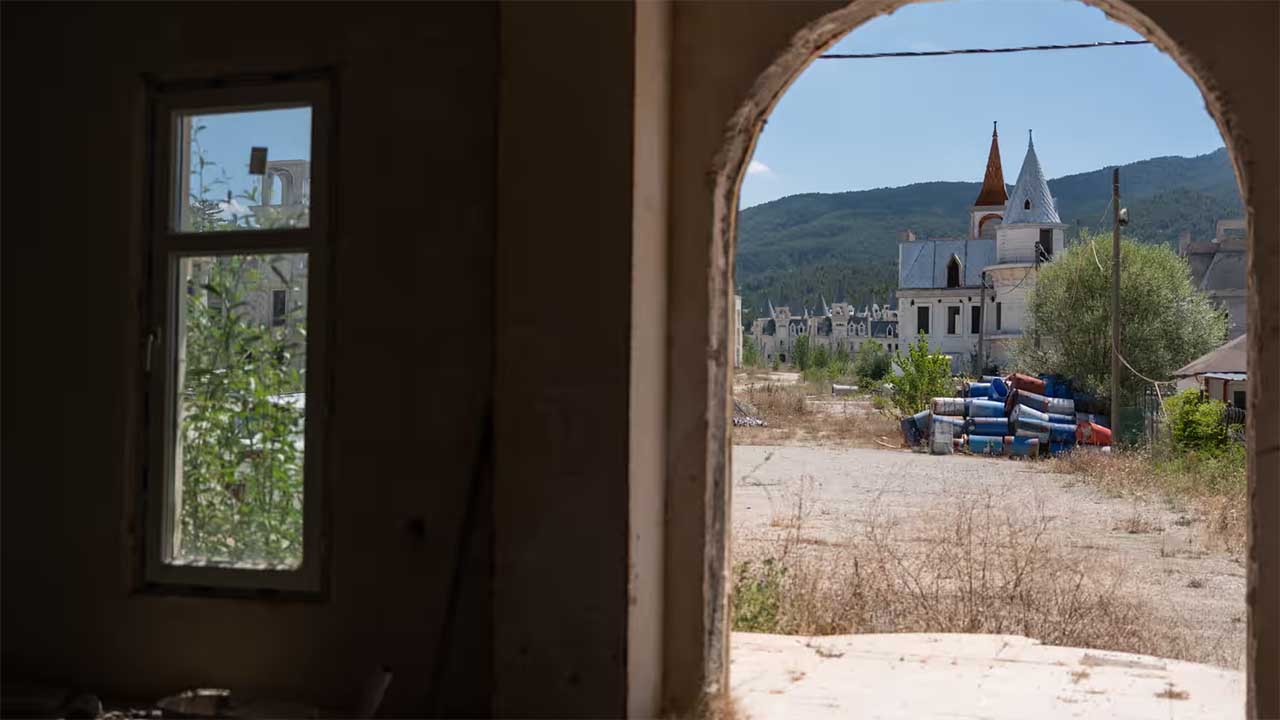
Local authorities tolerate visitors but emphasize staying within safe areas. Trespassing into cordoned-off zones can lead to fines or legal trouble. That said, the site offers some of the most striking photography opportunities anywhere in Turkey.
At sunrise or sunset, the light hits the turrets in a way that makes the place feel alive. But the silence tells another story—one of plans paused, fortunes lost, and a fantasy interrupted.
Burj Al Babas in Pop Culture
Despite never reaching completion, Burj Al Babas has found its place in the cultural imagination. Its haunting visuals have appeared in music videos such as:
- “Lose Control” by Meduza, Becky Hill, and Goodboys
- “Bad Girls, Good Vibes” by German rapper Ufo361
- “Sober” by French electronic artist SebastiAn
Each of these artists used the location for its surreal, dystopian backdrop—a fantasyland frozen in construction dust.
Also Read: Saudi Arabia Races to Complete the $22B Riyadh Metro on Time
The Lesson Burj Al Babas Leaves Behind
Burj Al Babas wasn’t just about castles. It was about overreach, timing, and the fragile connection between vision and reality. It reminds developers and dreamers alike: beauty alone cannot guarantee success. No matter how dazzling the design, no project lives without economic viability, cultural fit, and long-term planning.
As I walked those ghostly lanes, I couldn’t help but feel both awe and sadness. I imagined the sounds of families laughing, fountains bubbling, and the quiet hum of a thriving community. But instead, there was only wind through hollow windows.
Burj Al Babas may never fulfill its original promise, but its story deserves to be remembered—not as a failure, but as a cautionary tale written in stone.

